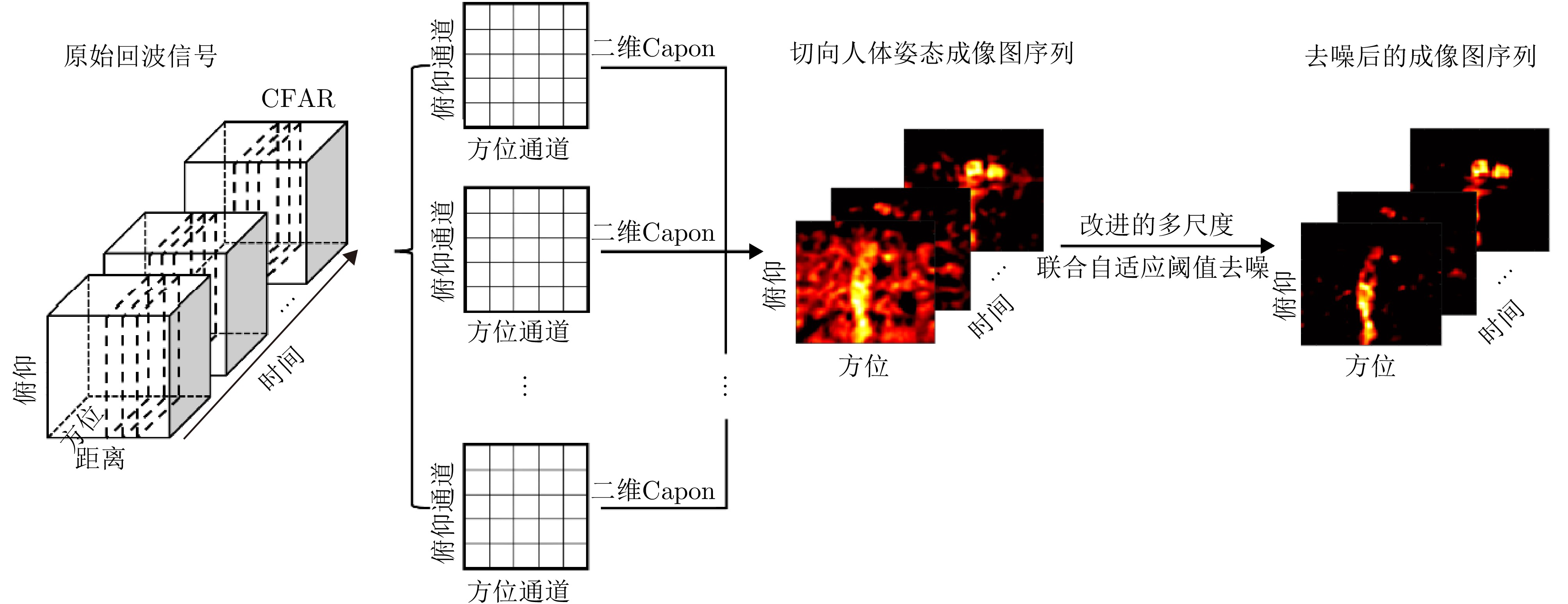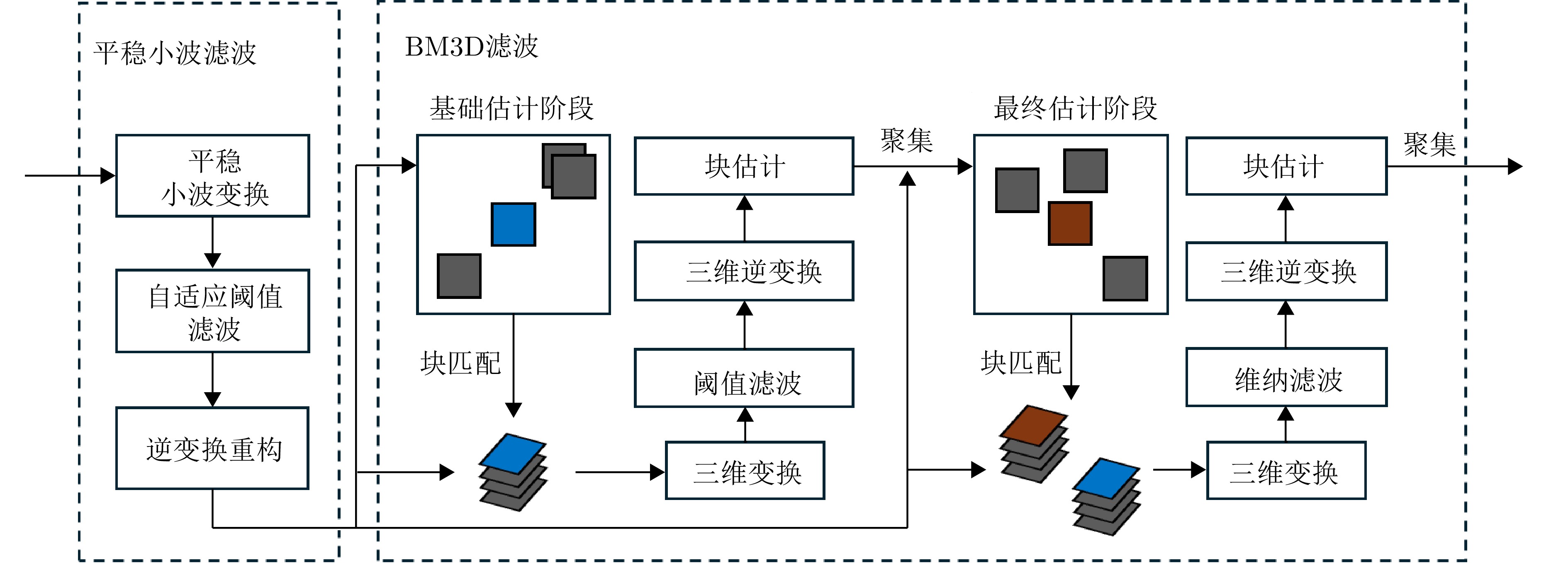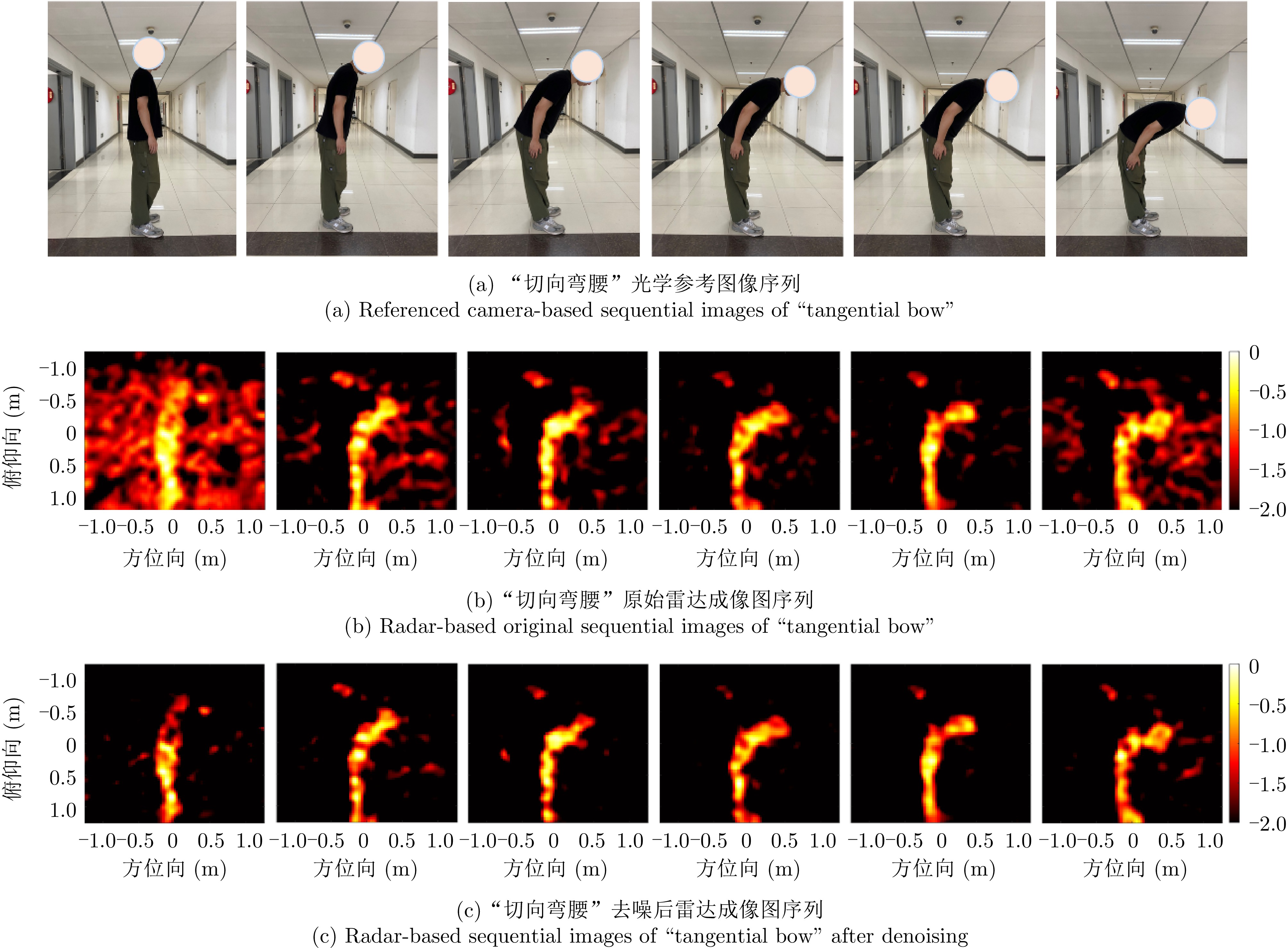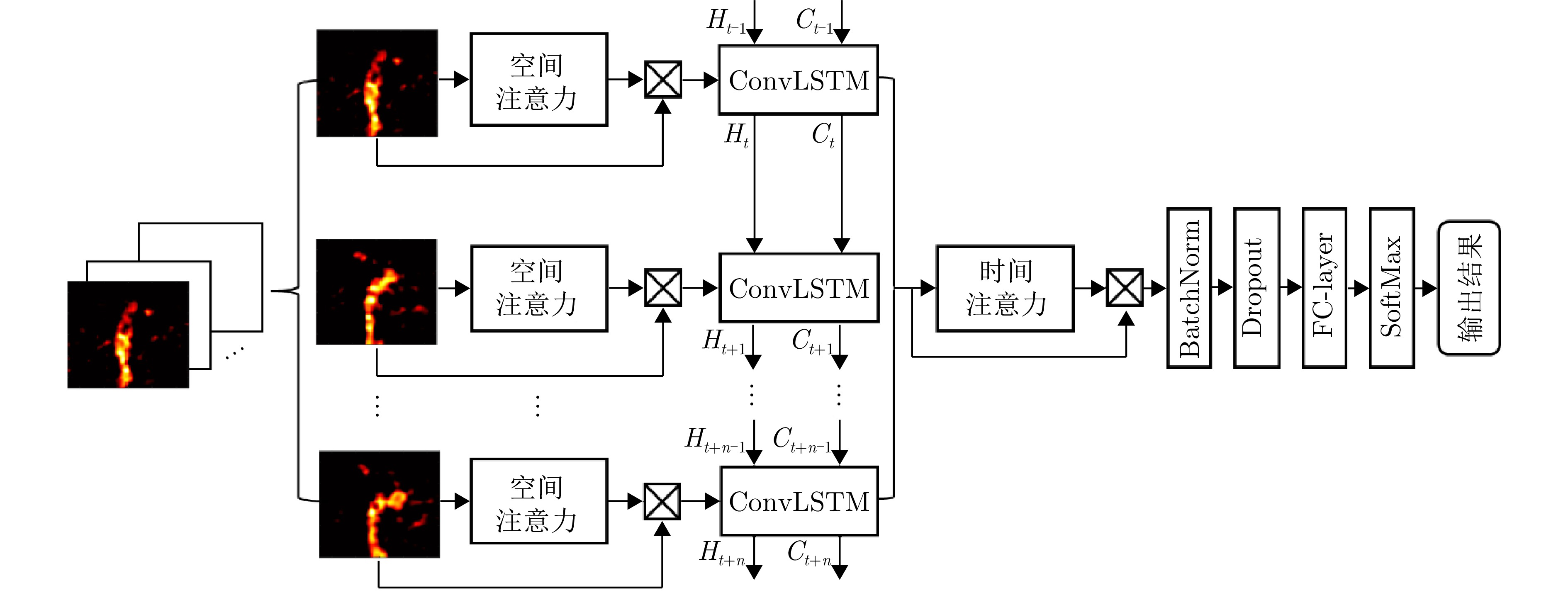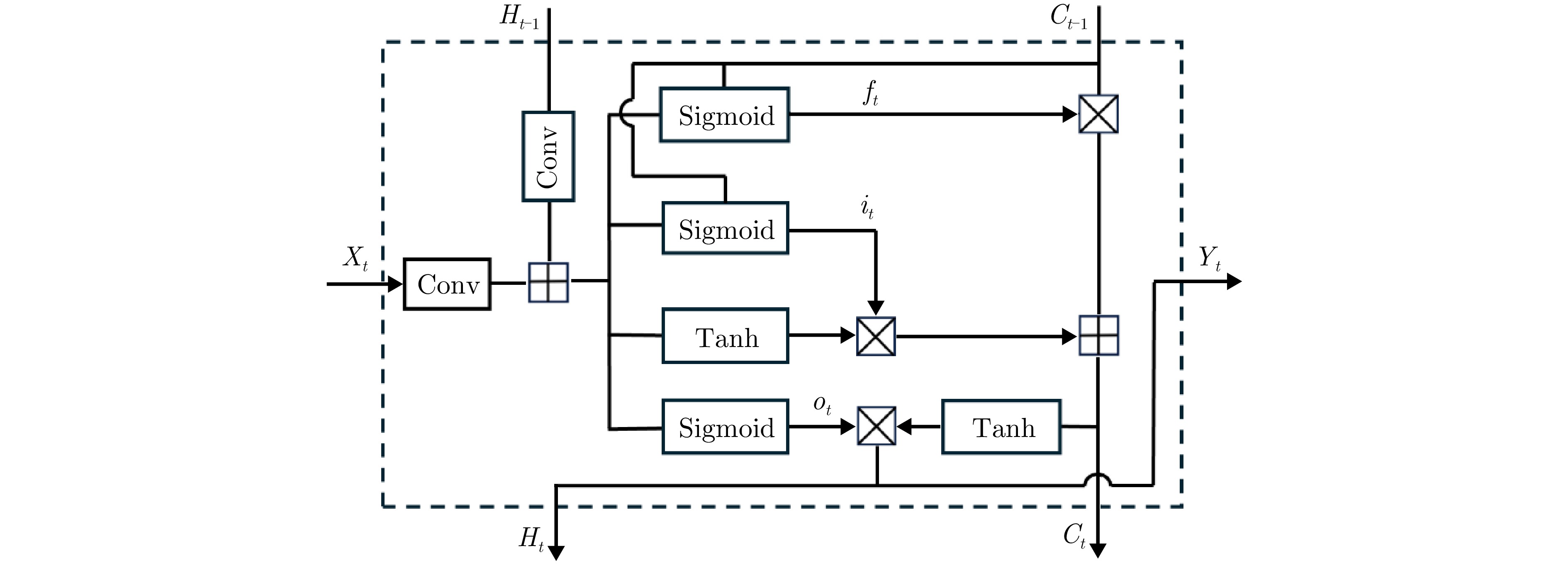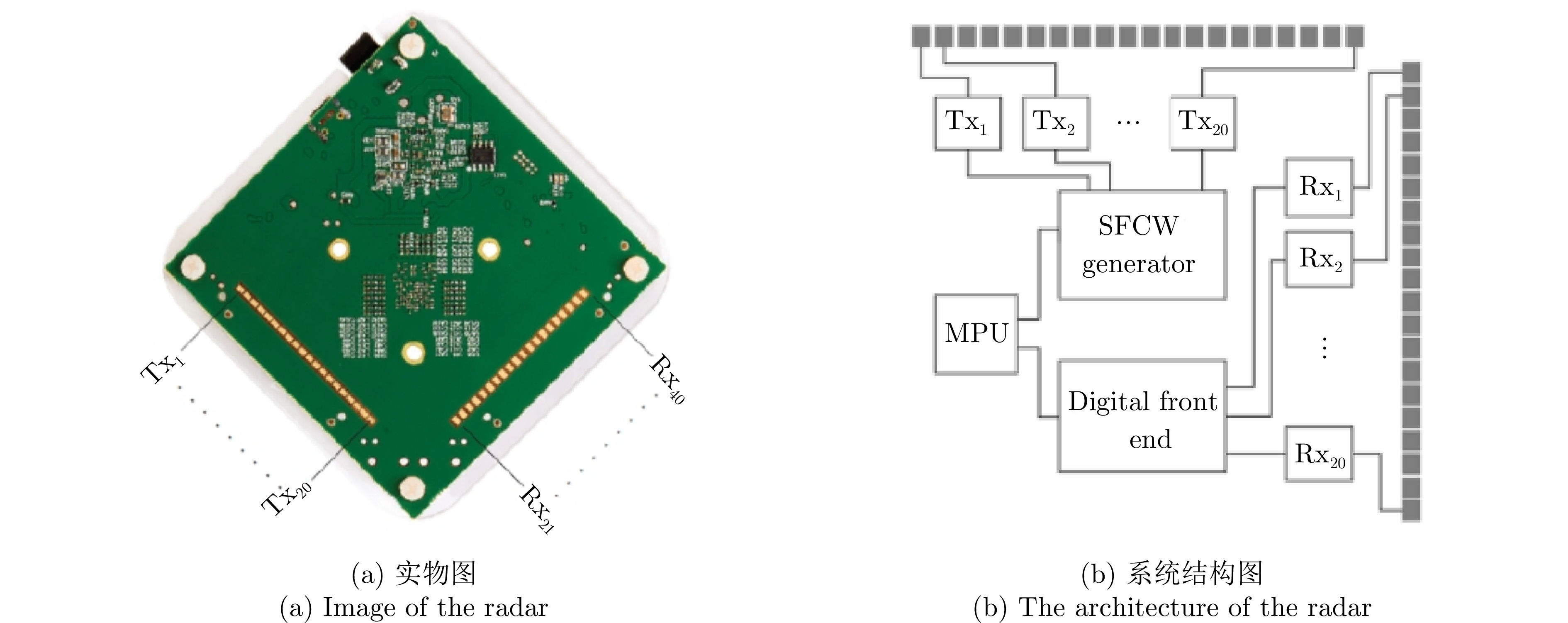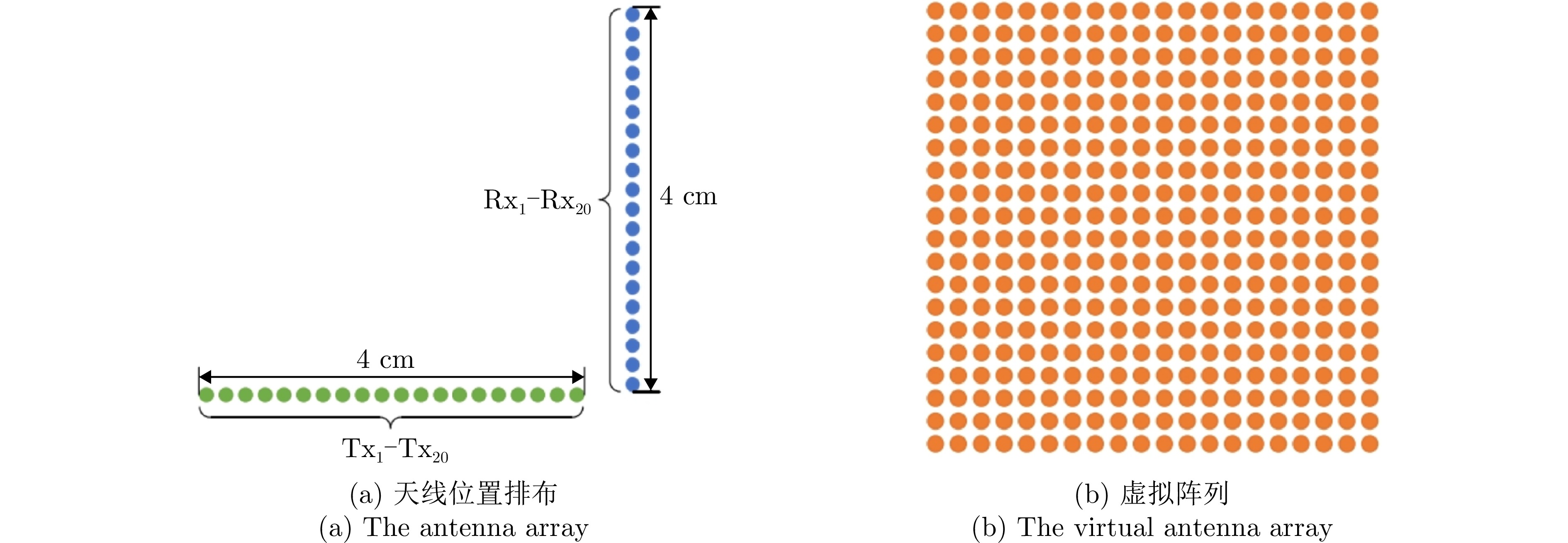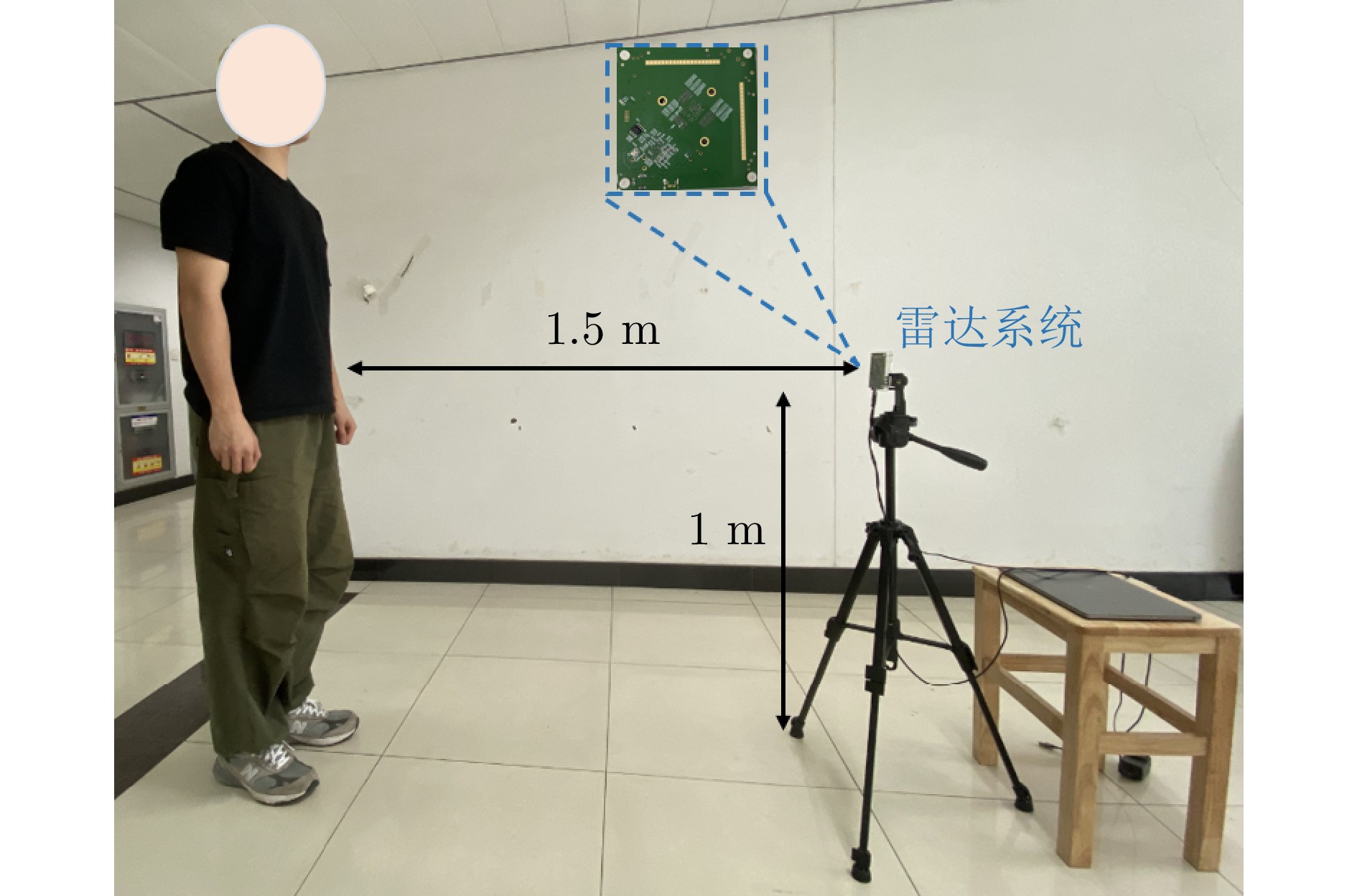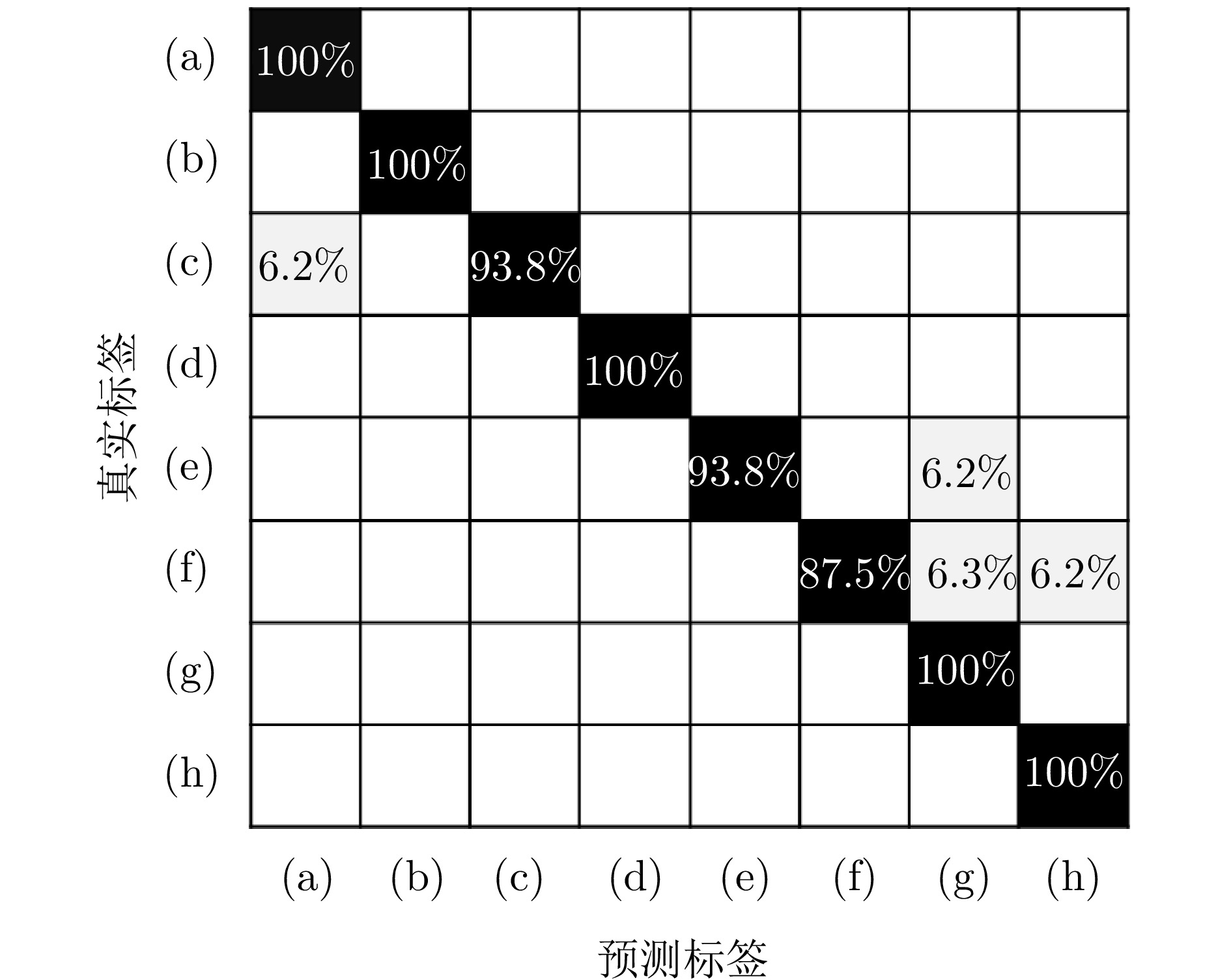| [1] |
金添, 宋永坤, 戴永鹏, 等. UWB-HA4D-1.0: 超宽带雷达人体动作四维成像数据集[J]. 雷达学报, 2022, 11(1): 27–39. doi: 10.12000/JR22008. JIN Tian, SONG Yongkun, DAI Yongpeng, et al. UWB-HA4D-1.0: An ultra-wideband radar human activity 4D imaging dataset[J]. Journal of Radars, 2022, 11(1): 27–39. doi: 10.12000/JR22008. |
| [2] |
LE KERNEC J, FIORANELLI F, DING Chuanwei, et al. Radar signal processing for sensing in assisted living: The challenges associated with real-time implementation of emerging algorithms[J]. IEEE Signal Processing Magazine, 2019, 36(4): 29–41. doi: 10.1109/MSP.2019.2903715. |
| [3] |
QI Fugui, LV Hao, WANG Jianqi, et al. Quantitative evaluation of channel micro-Doppler capacity for MIMO UWB radar human activity signals based on time-frequency signatures[J]. IEEE Transactions on Geoscience and Remote Sensing, 2020, 58(9): 6138–6151. doi: 10.1109/TGRS.2020.2974749. |
| [4] |
TANG Longzhen, GUO Shisheng, JIAN Qiang, et al. Through-wall human activity recognition with complex-valued range-time-Doppler feature and region-vectorization ConvGRU[J]. IEEE Transactions on Geoscience and Remote Sensing, 2023, 61: 5111014. doi: 10.1109/TGRS.2023.3329561. |
| [5] |
LI Zhi, JIN Tian, LI Lianlin, et al. Spatiotemporal processing for remote sensing of trapped victims using 4-D imaging radar[J]. IEEE Transactions on Geoscience and Remote Sensing, 2023, 61: 5103412. doi: 10.1109/TGRS.2023.3266039. |
| [6] |
YANG Shufan, LE KERNEC J, ROMAIN O, et al. The human activity radar challenge: Benchmarking based on the ‘radar signatures of human activities’ dataset from Glasgow university[J]. IEEE Journal of Biomedical and Health Informatics, 2023, 27(4): 1813–1824. doi: 10.1109/JBHI.2023.3240895. |
| [7] |
BAI Xueru, HUI Ye, WANG Li, et al. Radar-based human gait recognition using dual-channel deep convolutional neural network[J]. IEEE Transactions on Geoscience and Remote Sensing, 2019, 57(12): 9767–9778. doi: 10.1109/TGRS.2019.2929096. |
| [8] |
LI Changzhi, PENG Zhengyu, HUANG T Y, et al. A review on recent progress of portable short-range noncontact microwave radar systems[J]. IEEE Transactions on Microwave Theory and Techniques, 2017, 65(5): 1692–1706. doi: 10.1109/TMTT.2017.2650911. |
| [9] |
KIM Y and LING Hao. Human activity classification based on micro-Doppler signatures using a support vector machine[J]. IEEE Transactions on Geoscience and Remote Sensing, 2009, 47(5): 1328–1337. doi: 10.1109/TGRS.2009.2012849. |
| [10] |
DING Chuanwei, HONG Hong, ZOU Yu, et al. Continuous human motion recognition with a dynamic range-Doppler trajectory method based on FMCW radar[J]. IEEE Transactions on Geoscience and Remote Sensing, 2019, 57(9): 6821–6831. doi: 10.1109/TGRS.2019.2908758. |
| [11] |
EROL B and AMIN M G. Radar data cube processing for human activity recognition using multisubspace learning[J]. IEEE Transactions on Aerospace and Electronic Systems, 2019, 55(6): 3617–3628. doi: 10.1109/TAES.2019.2910980. |
| [12] |
DING Chuanwei, ZHANG Li, CHEN Haoyu, et al. Sparsity-based human activity recognition with pointnet using a portable FMCW radar[J]. IEEE Internet of Things Journal, 2023, 10(11): 10024–10037. doi: 10.1109/JIOT.2023.3235808. |
| [13] |
LI Xinyu, HE Yuan, FIORANELLI F, et al. Semisupervised human activity recognition with radar micro-Doppler signatures[J]. IEEE Transactions on Geoscience and Remote Sensing, 2022, 60: 5103112. doi: 10.1109/TGRS.2021.3090106. |
| [14] |
KIM W Y and SEO D H. Radar-based human activity recognition combining range-time-Doppler maps and range-distributed-convolutional neural networks[J]. IEEE Transactions on Geoscience and Remote Sensing, 2022, 60: 1002311. doi: 10.1109/TGRS.2022.3162833. |
| [15] |
QIAO Xingshuai, AMIN M G, SHAN Tao, et al. Human activity classification based on micro-Doppler signatures separation[J]. IEEE Transactions on Geoscience and Remote Sensing, 2022, 60: 5105014. doi: 10.1109/TGRS.2021.3105124. |
| [16] |
LUO Fei, BODANESE E, KHAN S, et al. Spectro-temporal modeling for human activity recognition using a radar sensor network[J]. IEEE Transactions on Geoscience and Remote Sensing, 2023, 61: 5103913. doi: 10.1109/TGRS.2023.3270365. |
| [17] |
DING Chuanwei, CHAE R, WANG Jing, et al. Inattentive driving behavior detection based on portable FMCW radar[J]. IEEE Transactions on Microwave Theory and Techniques, 2019, 67(10): 4031–4041. doi: 10.1109/TMTT.2019.2934413. |
| [18] |
WANG Bo, ZHANG Hao, and GUO Yongxin. Radar-based soft fall detection using pattern contour vector[J]. IEEE Internet of Things Journal, 2023, 10(3): 2519–2527. doi: 10.1109/JIOT.2022.3213693. |
| [19] |
元志安, 周笑宇, 刘心溥, 等. 基于RDSNet的毫米波雷达人体跌倒检测方法[J]. 雷达学报, 2021, 10(4): 656–664. doi: 10.12000/JR21015. YUAN Zhi’an, ZHOU Xiaoyu, LIU Xinpu, et al. Human fall detection method using millimeter-wave radar based on RDSNet[J]. Journal of Radars, 2021, 10(4): 656–664. doi: 10.12000/JR21015. |
| [20] |
TAHMOUSH D and SILVIOUS J. Radar micro-Doppler for long range front-view gait recognition[C]. 3rd IEEE International Conference on Biometrics: Theory, Applications, and Systems (BTAS), Washington, USA, 2009: 1–6. doi: 10.1109/BTAS.2009.5339049. |
| [21] |
ALNUJAIM I, RAM S S, OH D, et al. Synthesis of micro-Doppler signatures of human activities from different aspect angles using generative adversarial networks[J]. IEEE Access, 2021, 9: 46422–46429. doi: 10.1109/ACCESS.2021.3068075. |
| [22] |
QI Fugui, LI Zhao, MA Yangyang, et al. Generalization of channel micro-Doppler capacity evaluation for improved finer-grained human activity classification using MIMO UWB radar[J]. IEEE Transactions on Microwave Theory and Techniques, 2021, 69(11): 4748–4761. doi: 10.1109/TMTT.2021.3076055. |
| [23] |
FIORANELLI F, PATEL J, GÜRBÜZ S Z, et al. Multistatic human micro-Doppler classification with degraded/jammed radar data[C]. 2019 IEEE Radar Conference (RadarConf), Boston, USA, 2019: 1–6. doi: 10.1109/RADAR.2019.8835618. |
| [24] |
THIEL M and SARABANDI K. Ultrawideband multi-static scattering analysis of human movement within buildings for the purpose of stand-off detection and localization[J]. IEEE Transactions on Antennas and Propagation, 2011, 59(4): 1261–1268. doi: 10.1109/TAP.2011.2109349. |
| [25] |
FIORANELLI F, RITCHIE M, and GRIFFITHS H. Aspect angle dependence and multistatic data fusion for micro-Doppler classification of armed/unarmed personnel[J]. IET Radar, Sonar & Navigation, 2015, 9(9): 1231–1239. doi: 10.1049/iet-rsn.2015.0058. |
| [26] |
FAIRCHILD D P and NARAYANAN R M. Multistatic micro-Doppler radar for determining target orientation and activity classification[J]. IEEE Transactions on Aerospace and Electronic Systems, 2016, 52(1): 512–521. doi: 10.1109/TAES.2015.130595. |
| [27] |
FIORANELLI F, RITCHIE M, GÜRBÜZ S Z, et al. Feature diversity for optimized human micro-Doppler classification using multistatic radar[J]. IEEE Transactions on Aerospace and Electronic Systems, 2017, 53(2): 640–654. doi: 10.1109/TAES.2017.2651678. |
| [28] |
QIAO Xingshuai, LI Gang, SHAN Tao, et al. Human activity classification based on moving orientation determining using multistatic micro-Doppler radar signals[J]. IEEE Transactions on Geoscience and Remote Sensing, 2022, 60: 5104415. doi: 10.1109/TGRS.2021.3100482. |
| [29] |
YU J T, YEN Li, and TSENG P H. mmWave radar-based hand gesture recognition using range-angle image[C]. 2020 IEEE 91st Vehicular Technology Conference (VTC2020-Spring), Antwerp, Belgium, 2020: 1–5. doi: 10.1109/VTC2020-Spring48590.2020.9128573. |
| [30] |
ZHAO Yubin, YAROVOY A, and FIORANELLI F. Angle-insensitive human motion and posture recognition based on 4D imaging radar and deep learning classifiers[J]. IEEE Sensors Journal, 2022, 22(12): 12173–12182. doi: 10.1109/JSEN.2022.3175618. |
| [31] |
YANG Yang, HOU Chunping, LANG Yue, et al. Omnidirectional motion classification with monostatic radar system using micro-Doppler signatures[J]. IEEE Transactions on Geoscience and Remote Sensing, 2020, 58(5): 3574–3587. doi: 10.1109/TGRS.2019.2958178. |
| [32] |
YANG Yang, ZHANG Yutong, SONG Chunying, et al. Omnidirectional spectrogram generation for radar-based omnidirectional human activity recognition[J]. IEEE Transactions on Geoscience and Remote Sensing, 2023, 61: 5105513. doi: 10.1109/TGRS.2023.3278409. |
| [33] |
YANG Yang, LI Junhan, LI Beichen, et al. Few-shot omnidirectional human motion recognition using monostatic radar system[J]. IEEE Transactions on Instrumentation and Measurement, 2023, 72: 2531414. doi: 10.1109/TIM.2023.3328079. |
| [34] |
张哲熙. 基于BM3D的图像去噪算法研究[D]. [硕士论文], 西安电子科技大学, 2017.
ZHANG Zhexi. Research on image denoising algorithm based on BM3D[D]. [Master dissertation], Xidian University, 2017.
|
| [35] |
DABOV K, FOI A, KATKOVNIK V, et al. Image denoising with block-matching and 3D filtering[C]. Image Processing: Algorithms and Systems, Neural Networks, and Machine Learning, San Jose, USA, 2006: 606414. doi: 10.1117/12.643267. |
| [36] |
WANG Xinheng, ISTEPANIAN R S H, and SONG Yonghua. Microarray image enhancement by denoising using stationary wavelet transform[J]. IEEE Transactions on Nanobioscience, 2003, 2(4): 184–189. doi: 10.1109/TNB.2003.816225. |
| [37] |
WANG Anyi, ZHAN Jinlong, and LU Jianjun. A new 2-D Capon algorithm[J]. Journal of Xi’an University of Science and Technology, 2003, 23(4): 437–440. doi: 10.3969/j.issn.1672-9315.2003.04.023. |
| [38] |
RAHMAN S A and ADJEROH D A. Deep learning using convolutional LSTM estimates biological age from physical activity[J]. Scientific Reports, 2019, 9(1): 11425. doi: 10.1038/s41598-019-46850-0. |
| [39] |
SUDHAKARAN S and LANZ O. Convolutional long short-term memory networks for recognizing first person interactions[C]. The IEEE International Conference on Computer Vision Workshops (ICCVW), Venice, Italy, 2017: 2339–2346. doi: 10.1109/ICCVW.2017.276. |
| [40] |
KIM Y and MOON T. Human detection and activity classification based on micro-Doppler signatures using deep convolutional neural networks[J]. IEEE Geoscience and Remote Sensing Letters, 2016, 13(1): 8–12. doi: 10.1109/LGRS.2015.2491329. |
| [41] |
LI Wenxuan, ZHANG Dongheng, LI Yadong, et al. Real-time fall detection using mmWave radar[C]. IEEE International Conference on Acoustics, Speech and Signal Processing (ICASSP), Singapore, 2022: 16–20. doi: 10.1109/ICASSP43922.2022.9747153. |
| [42] |
KIM Y, ALNUJAIM I, and OH D. Human activity classification based on point clouds measured by millimeter wave MIMO radar with deep recurrent neural networks[J]. IEEE Sensors Journal, 2021, 21(12): 13522–13529. doi: 10.1109/JSEN.2021.3068388. |




 Submit Manuscript
Submit Manuscript Peer Review
Peer Review Editor Work
Editor Work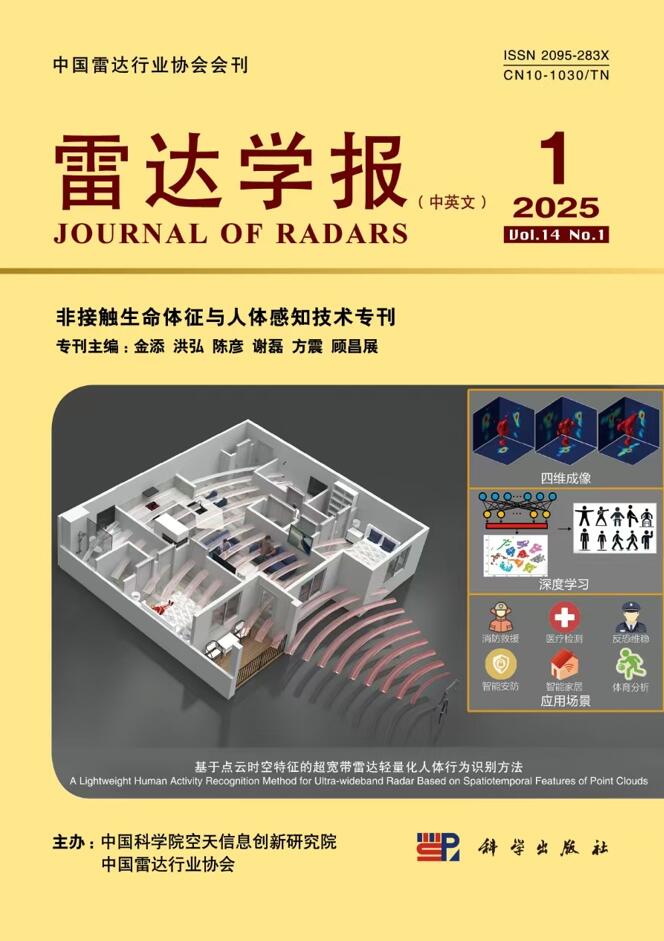

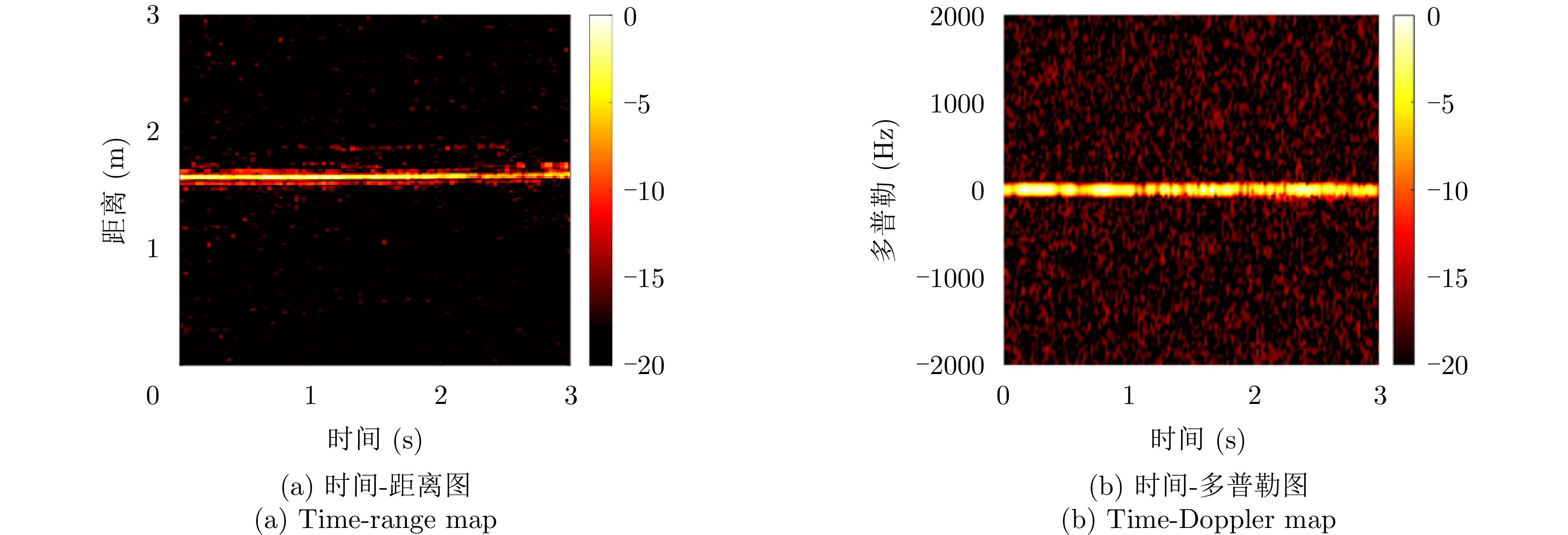



 DownLoad:
DownLoad:

